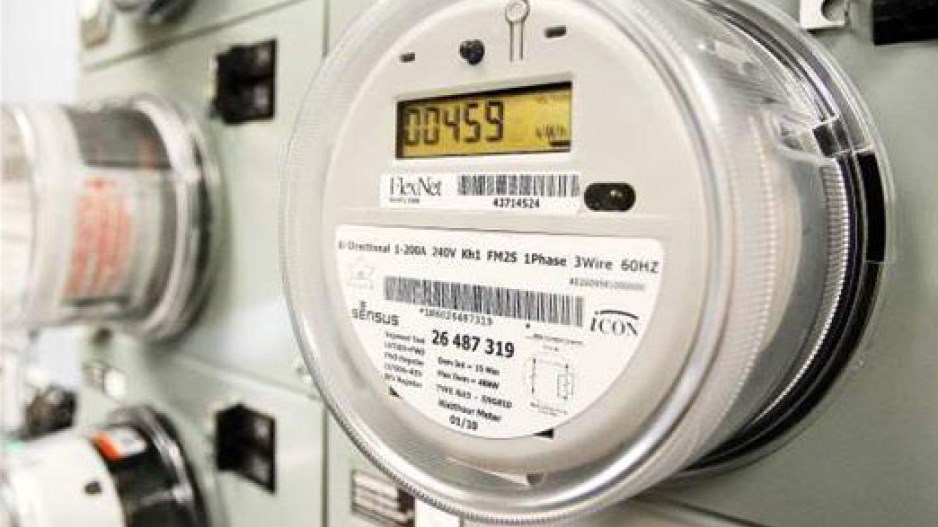BC Hydro is using the accounting legerdemain of deferral accounts to make a revenue loss look like a gain, the NDP says.
After BC Hydro recently published its 2015-2016 service plan, NDP BC Hydro critic Dix noticed that this year’s deferral account is more than $1.1 billion higher than it is supposed to be.
Dix said BC Hydro is doing some number juggling in order to meet its obligations to pay dividends to the B.C. government at a time when revenues have fallen due to lower power consumption.
NDP Leader John Horgan said BC Hydro’s 10-year deferral account for 2015-2016 was supposed to be $4.8 billion but is actually $5.9 billion.
Horgan describes it as a form of borrowing from ratepayers of the future to cover an immediate shortfall.
“They’re two years into a 10-year plan, and they’re already out by $1.1 billion on what will be pushed forward to ratepayers in the future and completely blows out of the water their plan to reduce the deferral accounts to zero, which was their stated objective,” Horgan said.
“What they’ve been doing is taking revenue from 2023 and treating it like revenue this year so they can have a higher net income.”
BC Hydro has been criticized before for its use of deferral accounts, notably by former auditor general John Doyle.
On the surface, BC Hydro’s 2015-2016 annual service plan looks like the company is in the black. BC Hydro had a net income of $655 million as of March 2016 – a $74 million increase over fiscal 2015. That increase in revenue largely comes from last year’s 6% rate hike.
BC Hydro says the reason the deferral account is higher this fiscal year than forecast was that two consecutive warm winters resulted in lower power sales.
“Second, interest rates have been lower, which has increased pension costs but lowered finance charges,” BC Hydro explained in an email to Business in Vancouver.
But Dix said another factor driving the lower profits is the amount BC Hydro is paying to independent power producers.
“They bought a bunch of IPP power they didn’t need,” Dix said.
Deferral accounts are legitimate accounting tools that utilities use in order to smooth out spikes and dips that occur.
Power usage and costs can spike and dip for a variety of reasons – from unusually severe winters that require more power, to droughts that result in lower water levels in dams and the need to buy power from other jurisdictions.
Deferral accounts can be useful in balancing out losses or gains by spreading them out over a period of years.
But Dix and Horgan say BC Hydro has been using deferral accounts to make up for the fact that it is obliged to pay the provincial government an annual dividend, even when it’s not making a profit. In 2015-2016, BC Hydro was required to pay $326 million in dividends to the provincial government.
Most companies that experience a net loss record it as such in their financial statements.
“Like every other company, they would have lost money,” Dix said. “But this company has to have a pretend profit. So they have to borrow money from the ratepayers to pay the Liberal government. And they don’t have a choice in this. They’re ordered by the Liberal cabinet to engage in this fiction.”
BC Hydro will be filing its rate increase and revenue requirements with the BC Utilities Commission on Thursday. The company says it will be outlining how it plans to reduce costs so that there will be “no additional costs to ratepayers.”
BC Hydro will be asking the BCUC to approve a 10.5% rate increase over three years, starting with a 4% hike in 2017.




